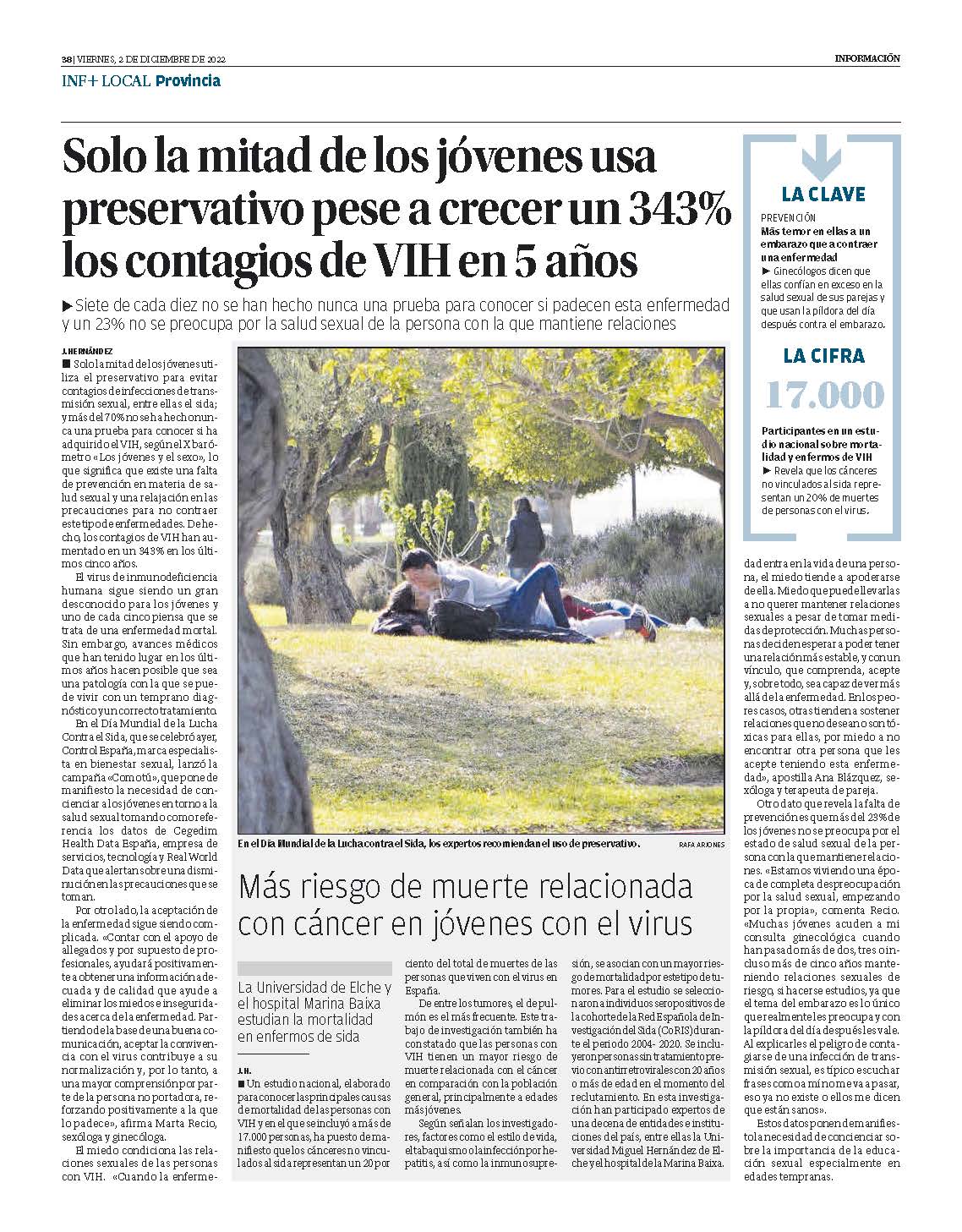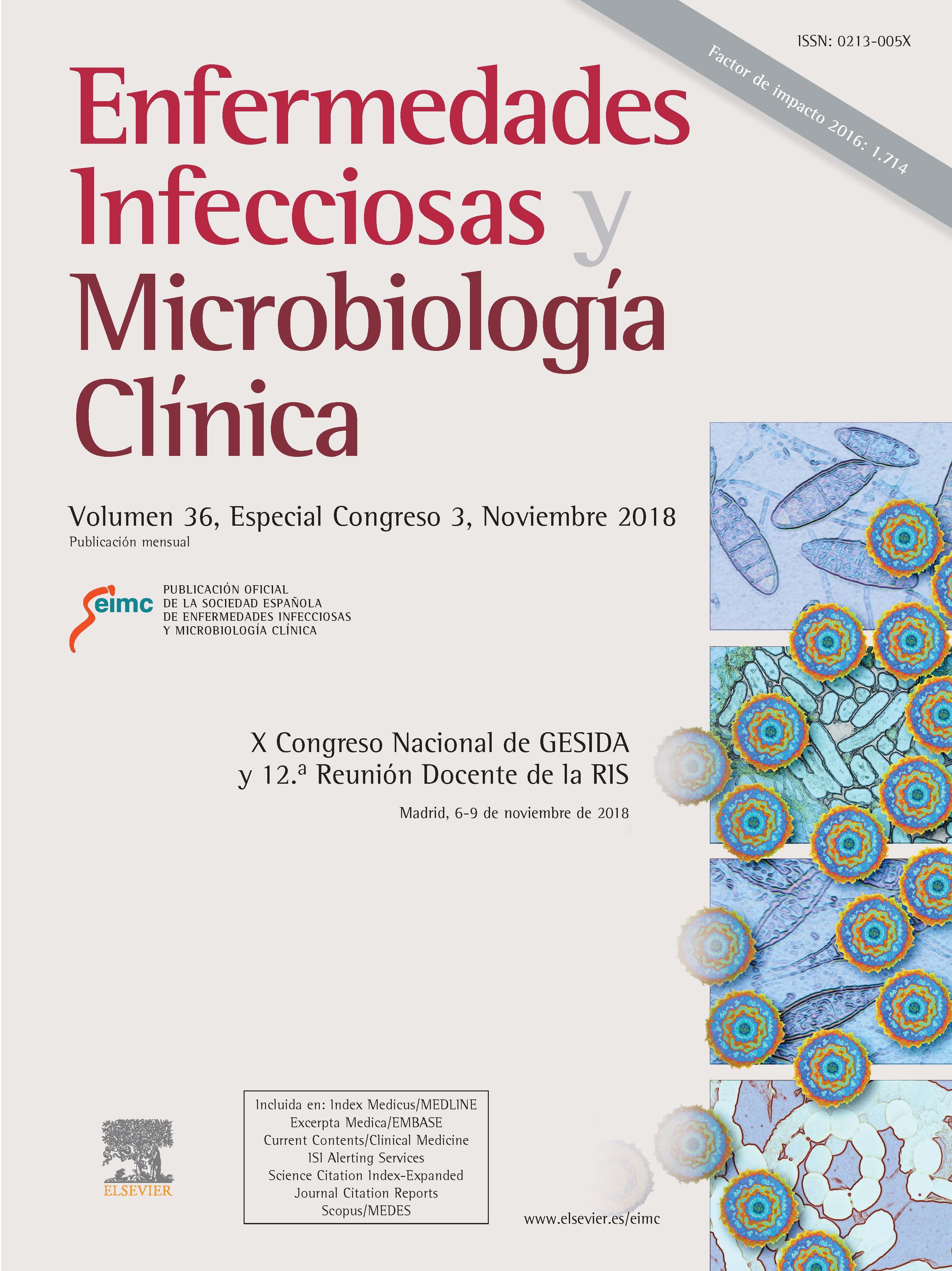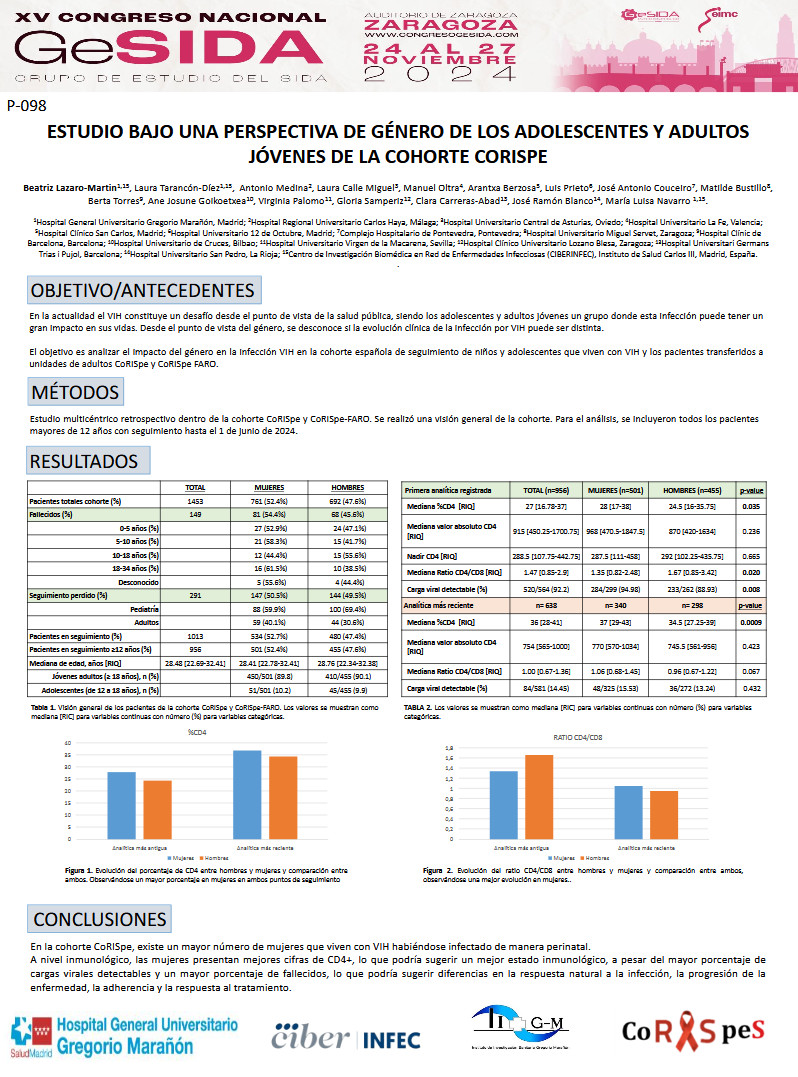Resumen
The prevalence of HIV risk behaviors among young people facilitates the spread of HIV, in particular regarding unsafe sex behavior, although this trend is different within this population. For this reason, identifying the riskier young population is required to prevent HIV infection. The main purpose of this study was to develop and validate a risk index to assess the different sexual HIV risk exposure among Hispanic Young people. For this purpose, 9861 Spanish young people were randomly distributed into two groups (derivation and validation group). According to the results, the factor analyses grouped the nine items of the HIV- risk index into two factors (factor 1, direct sexual risk indicators and factor 2, indirect sexual risk indicators) with an equal structure for men and women by a multi-group confirmatory factor analysis. The variance explained was 54.26 %. Moreover, the Cronbach’s alpha coefficient revealed high internal reliability (a = .79) and the convergent validity supported its evidence based on different HIV risk indexes. Therefore, the HIV-risk index seem to be a rigorous and valid measure to estimate HIV risk exposure among young people. (Extraído del documento)






